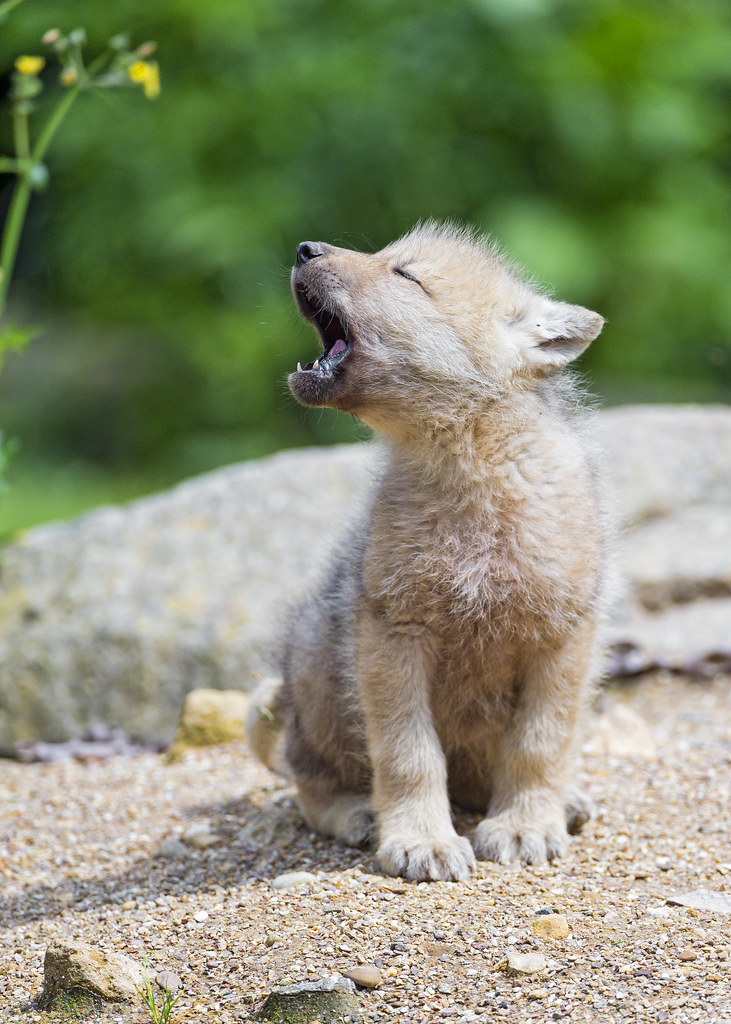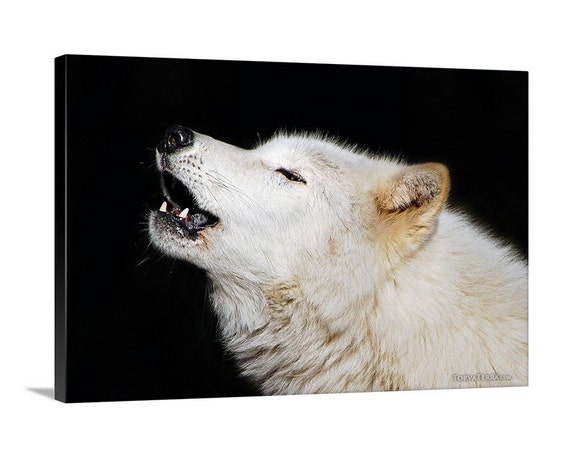

As there are few convenient places for burrows, wolf dens are usually occupied by animals of the same family. The odour of urine and rotting food emanating from the denning area often attracts scavenging birds such as magpies and ravens. Resting places, play areas for the pups and food remains are commonly found around wolf dens. On one bright Sunday morning, one long lost wolf finally met his longtime classmate. The den is usually constructed not more than 500 m (550 yd) away from a water source, and typically faces southwards, thus ensuring enough sunlight exposure, keeping the denning area relatively snow free. When someone accidentally stepped on his foot, the wolf screamed, AooooHowever, the boy did cry just to get a howling experience.

On rare occasions, female wolves dig burrows themselves, which are usually small and short with 1–3 openings. An appropriated den is often widened and partly remade. Sometimes, the den is the appropriated burrow of smaller animals such as foxes, badgers or marmots. When building dens, females make use of natural shelters such as fissures in rocks, cliffs overhanging riverbanks and holes thickly covered by vegetation. Actual dens are usually constructed for pups during the summer period. During the autumn-spring period, when wolves are more active, they willingly lie out in the open, whatever their location. Timber wolves use different places for their diurnal rest: places with cover are preferred during cold, damp and windy weather, while wolves in dry, calm and warm weather readily rest in the open. Wolves also howl more often in the winter months than in the summer. They do howl more frequently during the hours around sunrise and sunset, for they are more active in general then. The howl of a packmate, of a known neighboring pack or a complete stranger will all solicit different responses. The warmth of the footpads is regulated independently of the rest of the body, and is maintained at just above tissue-freezing point where the pads come in contact with ice and snow. Wolves can recognize the voices of others.
#Arctic wolf howling skin#
In cold climates, the gray wolf can reduce the flow of blood near its skin to conserve body heat. Habitat use by gray wolves is strongly correlated with the abundance of prey, snow conditions, absence or low livestock densities, road densities, human presence and topography. The wolf is a habitat generalist, and can occur in deserts, grasslands, forests and arctic tundras. Historical (red + green) and modern (green) range of wild subspecies of C. Wolves have excellent senses, sharp teeth, powerful jaws, sharp eyesight. Habitat loss is their main threat to survival. SIZE: Head and body, 36 to 63 in tail, 13 to 20 in Wolves and dogs share a close relationship. We work with your team on an ongoing basis to learn your security needs.

Your Concierge Security Team gives you 24×7 eyes-on-glass coverage. With this delivery model, we pair a team of our security operations experts directly with your IT or security staff. AVERAGE LIFE SPAN IN THE WILD: 6 to 8 years Arctic Wolf invented the concept of Concierge Security.


 0 kommentar(er)
0 kommentar(er)
